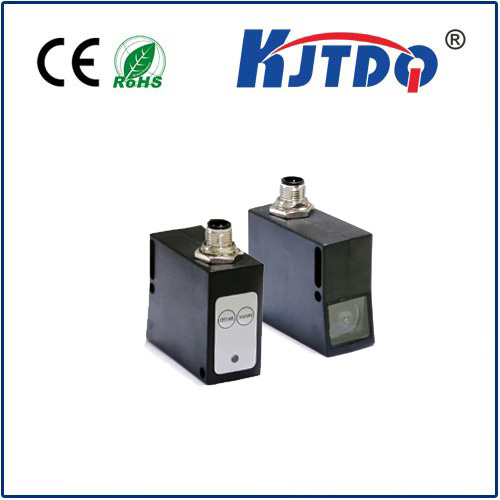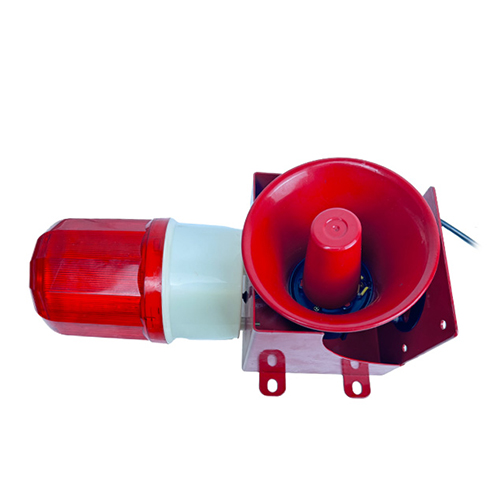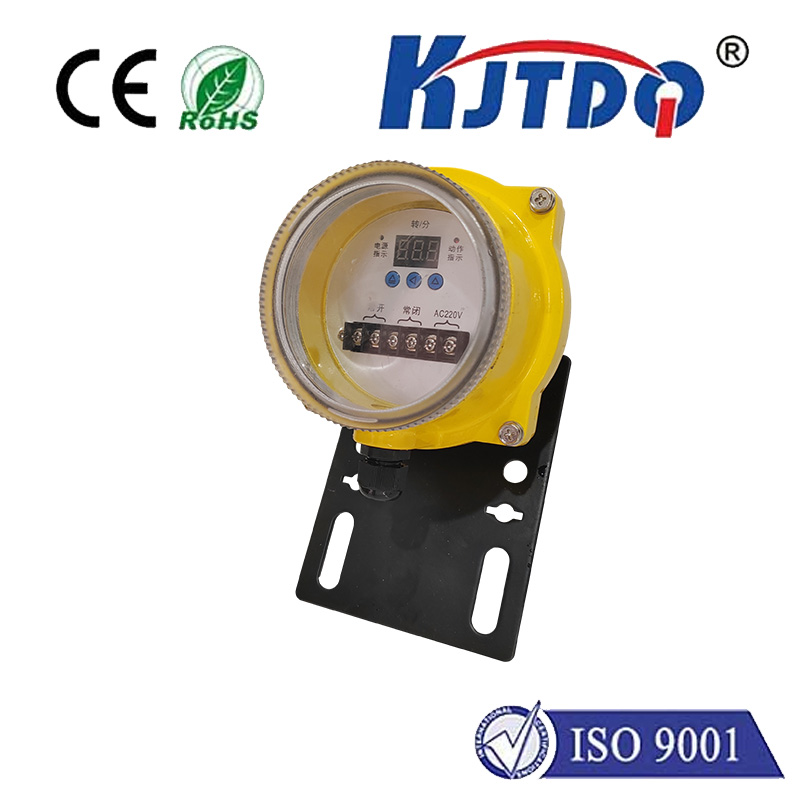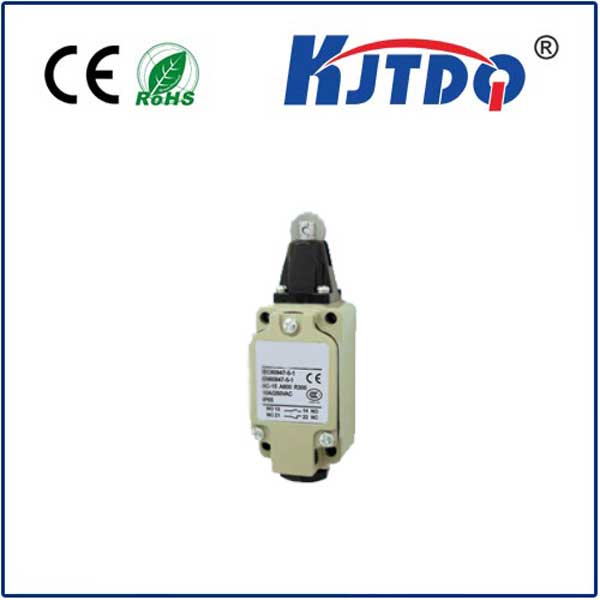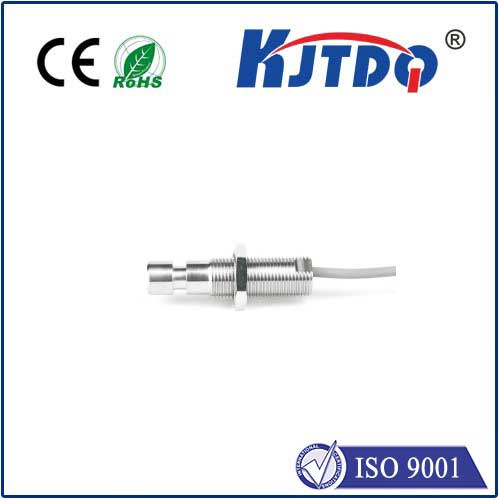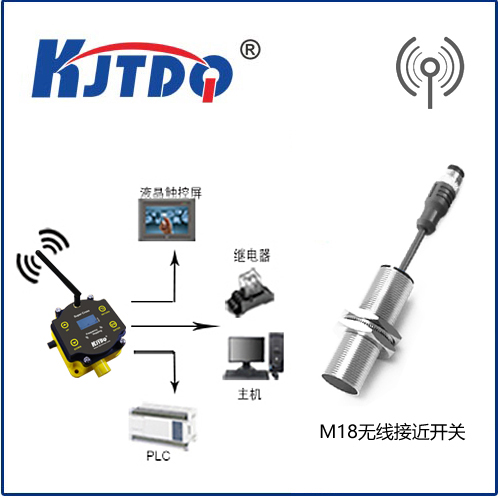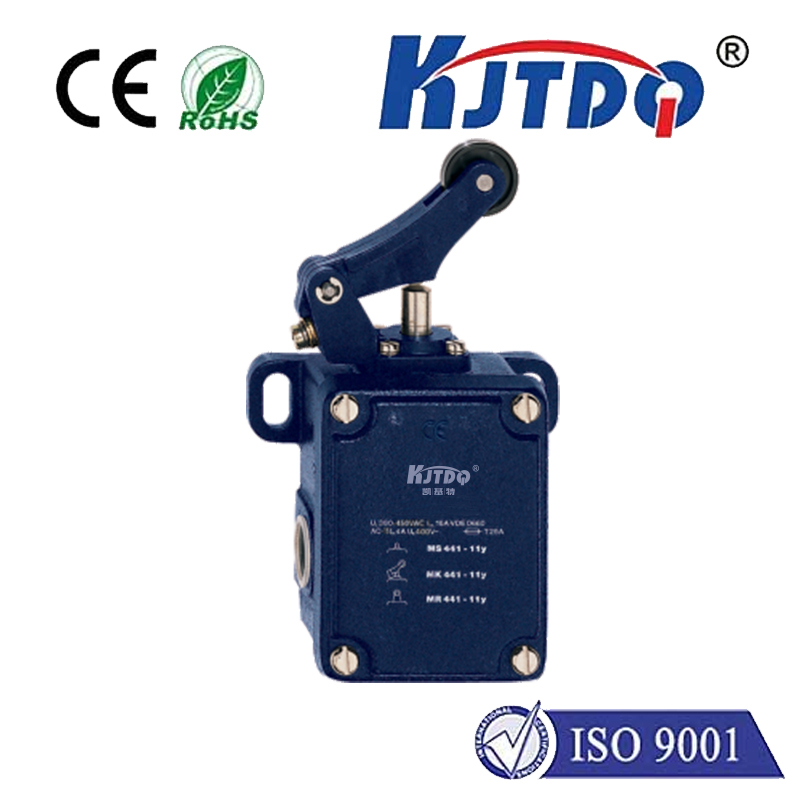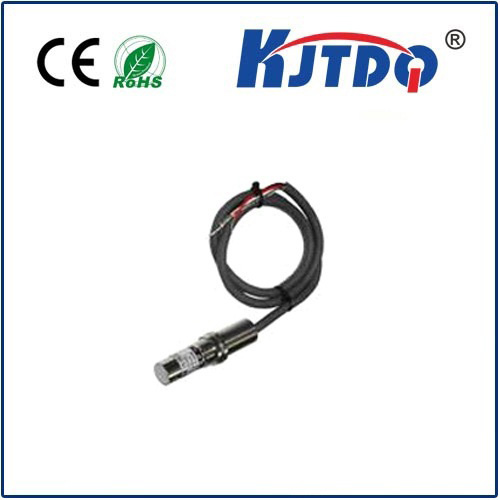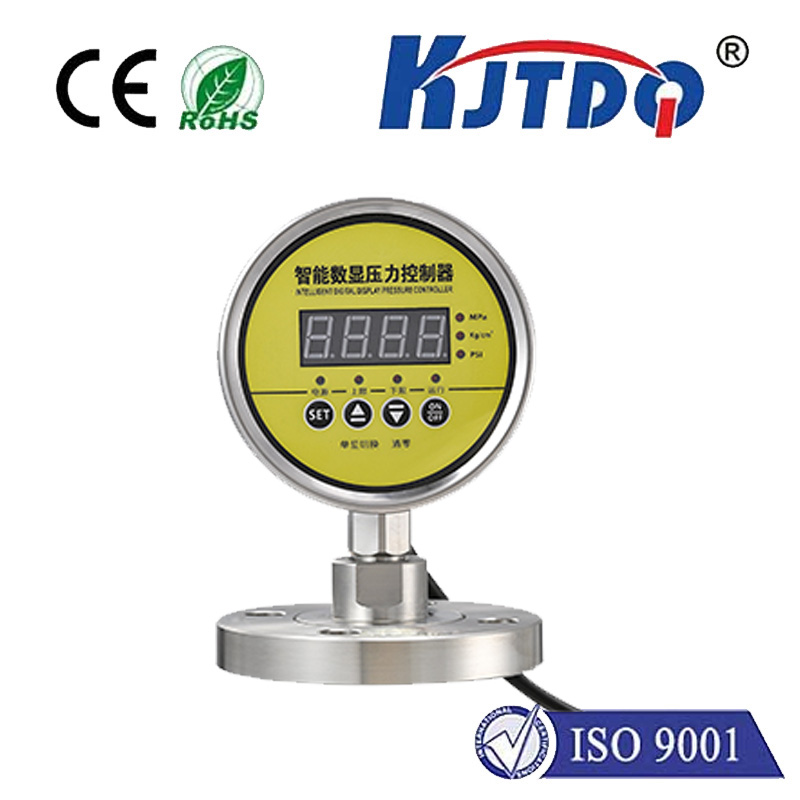

check

check

check

check

check

check

check

check

check

check
Beyond the Light Pipe: Exploring the Spectrum of Fiber Optic Sensor Technologies
Imagine a surgeon navigating delicate brain tissue with unparalleled precision, guided by a sensor thinner than a human hair. Envision massive wind turbine blades monitored continuously for stress within their composite structure, preventing catastrophic failure miles offshore. Picture vast pipelines traversing frozen tundras, their integrity silently watched against leaks. These scenarios aren’t science fiction; they are realities powered by the diverse and rapidly advancing world of fiber optic sensors (FOS).
Unlike conventional electronic sensors often limited by electromagnetic interference, harsh environments, or size constraints, fiber optic sensors leverage light propagating through hair-thin glass or plastic fibers. They function by detecting changes in the properties of light – its intensity, wavelength (color), phase, polarization, or transit time – caused by external parameters like temperature, strain, pressure, vibration, or chemical composition interacting with the optical fiber. This fundamental principle manifests in various ingenious configurations, broadly categorized into Intrinsic and Extrinsic types, with numerous sub-types tailored for specific applications.
Intrinsic Fiber Optic Sensors: Here, the optical fiber itself is the sensing element. The parameter being measured directly alters the light’s characteristics as it travels through the fiber core.
Distributed Sensors: Revolutionizing long-range monitoring, these sensors exploit non-linear optical effects (like Raman scattering or Brillouin scattering) or the Rayleigh backscatter profile. A laser pulse launched into the fiber interacts with the glass structure. Analyzing the backscattered light signature along the entire fiber length allows for continuous, spatially resolved measurement of temperature (Distributed Temperature Sensing - DTS) and strain (Distributed Strain Sensing - DSS or DTSS). Applications include perimeter security, pipeline integrity monitoring (leak detection via temperature anomalies), power cable hotspot detection, and large structural health monitoring (dams, tunnels).
Fiber Bragg Grating (FBG) Sensors: Among the most prevalent point/quasi-distributed sensors. A Bragg grating – a periodic modulation of the fiber core’s refractive index inscribed by UV light – acts as a wavelength-specific mirror. When strain or temperature changes, the grating period alters, shifting the wavelength of light it reflects (Bragg wavelength shift). Multiple FBGs operating at different wavelengths can be inscribed along a single fiber (wavelength division multiplexing - WDM), enabling multi-point sensing with a single interrogation unit. They are highly sensitive, immune to EMI, excellent for structural health monitoring (bridges, aircraft, composites), and temperature profiling.
Interferometric Sensors: These exploit the phase of light waves. Light is split, travels two paths (one sensing, one reference), and then recombined. Changes in the sensing path (length or refractive index due to pressure, strain, temperature) alter the phase difference, causing interference fringes. Common configurations include:

Fabry-Perot (FP): Uses two reflectors forming a cavity within the fiber; changes in cavity length alter the resonance condition.
Mach-Zehnder (MZ): Light splits into two separate arms (sensing and reference) before recombining.
Michelson: Similar to MZ but uses reflected light off the ends of the two arms.
Sagnac: Exploits the Sagnac effect for rotation sensing (basis of fiber optic gyroscopes). Interferometric sensors offer exceptional sensitivity, making them ideal for acoustic sensing (hydrophones), very small displacement measurements, and gyroscopic applications.
Polarimetric Sensors: Measure changes in the polarization state of light propagating through the fiber. External fields (magnetic via Faraday effect, electric via Pockels/Kerr effects) or mechanical stress (birefringence) can rotate the polarization plane. These are crucial for current sensing in high-voltage transformers and specific electric field measurements.
Intensity-Modulated Sensors: The simplest configuration, where the measured parameter directly affects the intensity of light propagating through the fiber. This could involve micro-bending loss (pressure/displacement), reflection loss (liquid level), or absorption (chemical). While sensitive, they can be susceptible to variations in the light source intensity or fiber losses, requiring careful referencing.
Extrinsic Fiber Optic Sensors: In this case, the optical fiber primarily acts as a light guide to and from a separate, external sensing element. The light leaves the fiber, interacts with this transducer where its properties are modulated by the measurand, and is then coupled back into the fiber (or another fiber) for detection.
Fabry-Perot Interferometric (Extrinsic FP - EFPI): A miniature Fabry-Perot cavity is formed outside the fiber end faces (e.g., between a fiber end and a diaphragm). Pressure or displacement moves the diaphragm, changing the cavity length and modulating the reflected light’s interference pattern. Widely used for high-pressure (e.g., downhole oil/gas) and acoustic sensing.
Spectrometric Sensors: The optical fiber delivers light to an external cell or surface where the light interacts with the sample. Changes in the absorption spectrum (chemical composition), fluorescence (bio-sensing, temperature), luminescence (temperature), or reflectance (color, proximity) are detected via the return fiber. This type dominates biomedical sensing, environmental monitoring (gas, pH), and some temperature sensing applications.
Displacement/Position Sensors: Often rely on measuring the intensity or pattern of light reflected from a moving target back into a receiving fiber or fiber bundle. Common in manufacturing automation and proximity detection.
Choosing the Right Light Path: Matching Sensor Type to Application
The optimal fiber optic sensor type depends heavily on the specific requirements:
Key advantages driving adoption across industries include:
From ensuring the structural integrity of tomorrow’s mega-bridges and aircraft wings, optimizing process control in volatile chemical plants, enabling advanced minimally invasive surgery, to safeguarding critical infrastructure and borders, the diverse landscape of fiber optic sensor types offers a powerful and versatile toolkit. Understanding the core principles and distinctions between distributed sensing, Fiber Bragg Gratings, interferometric configurations, *
